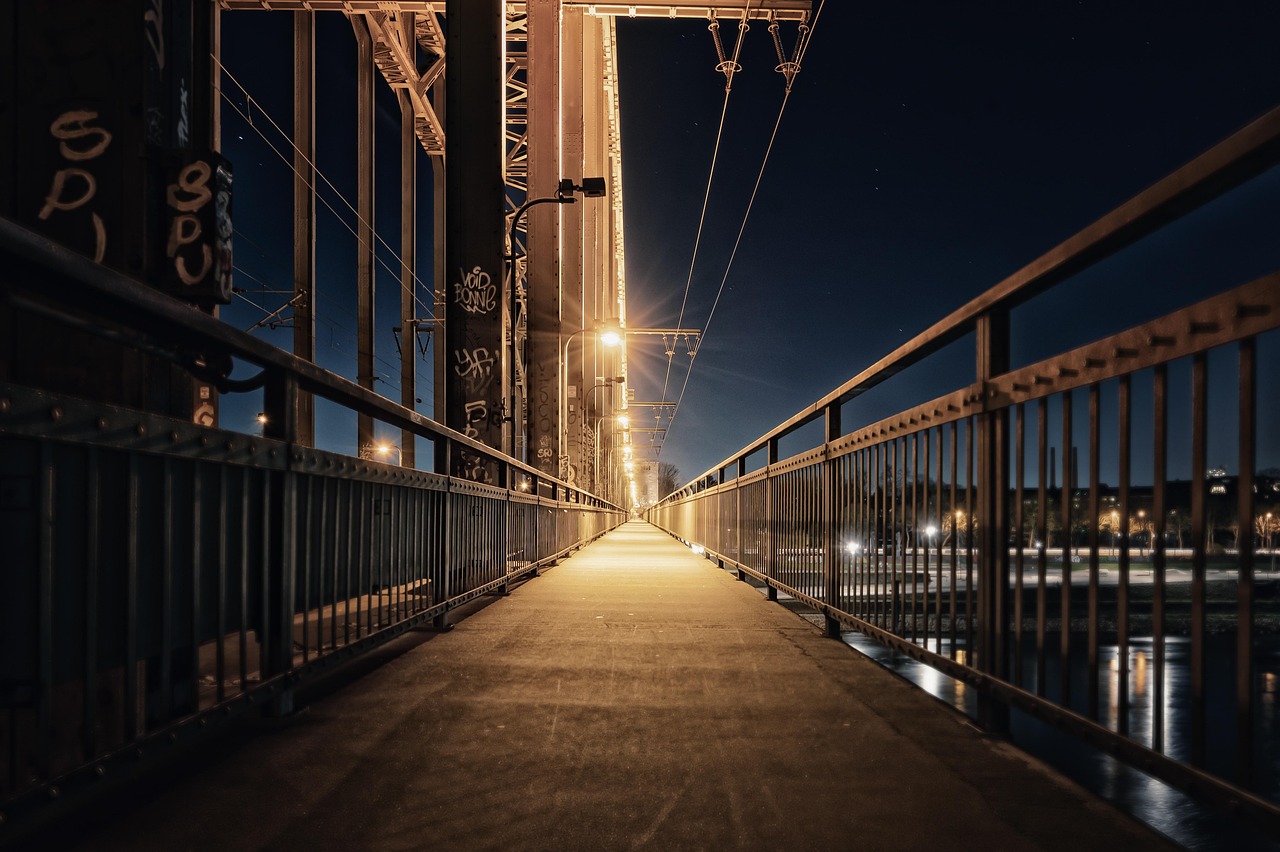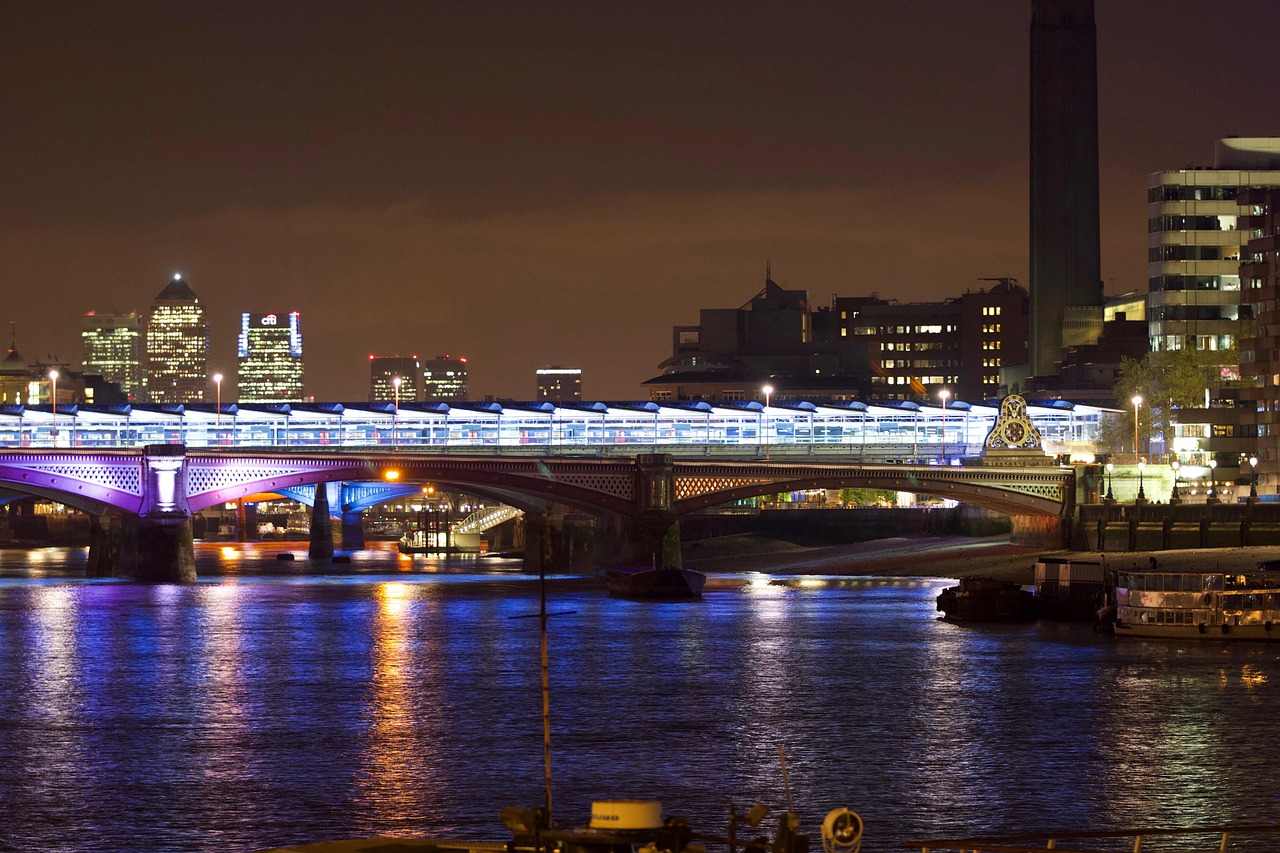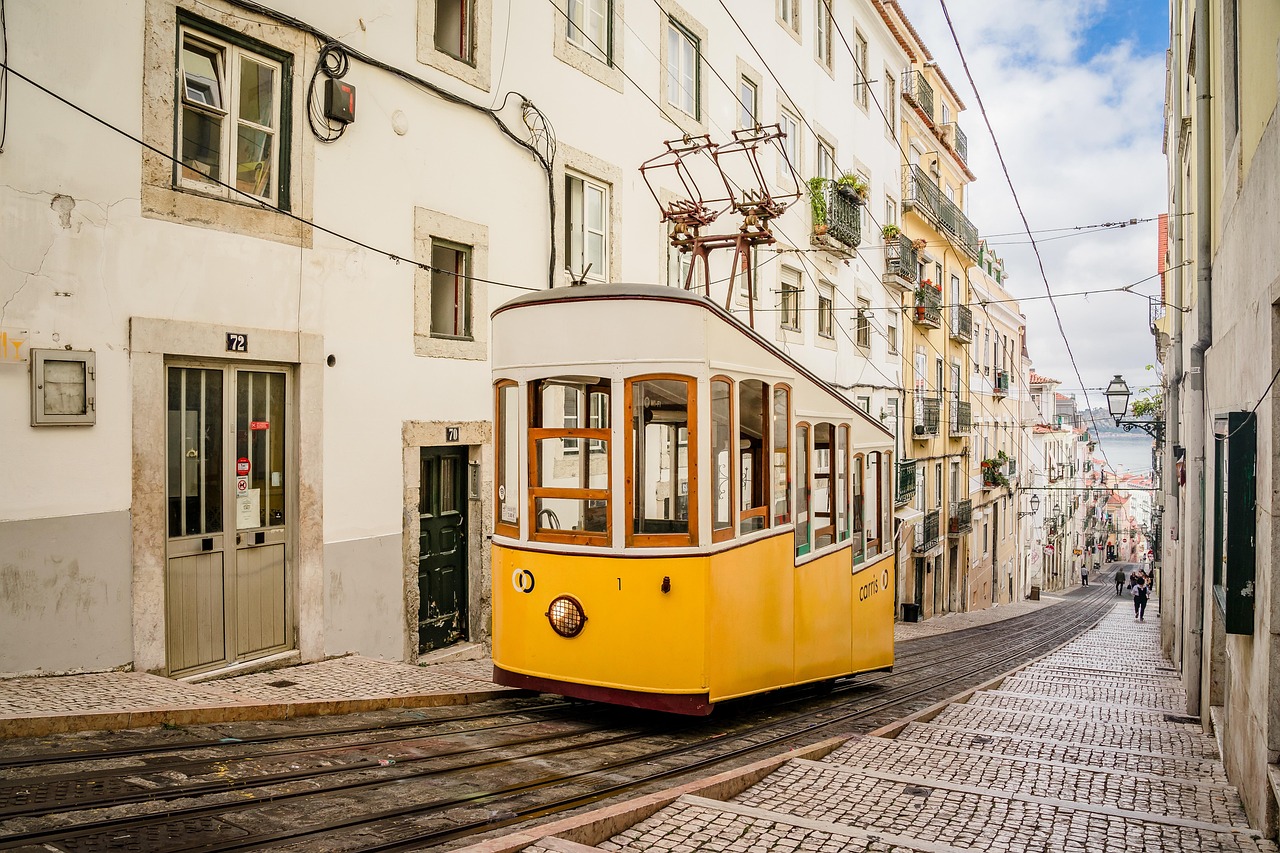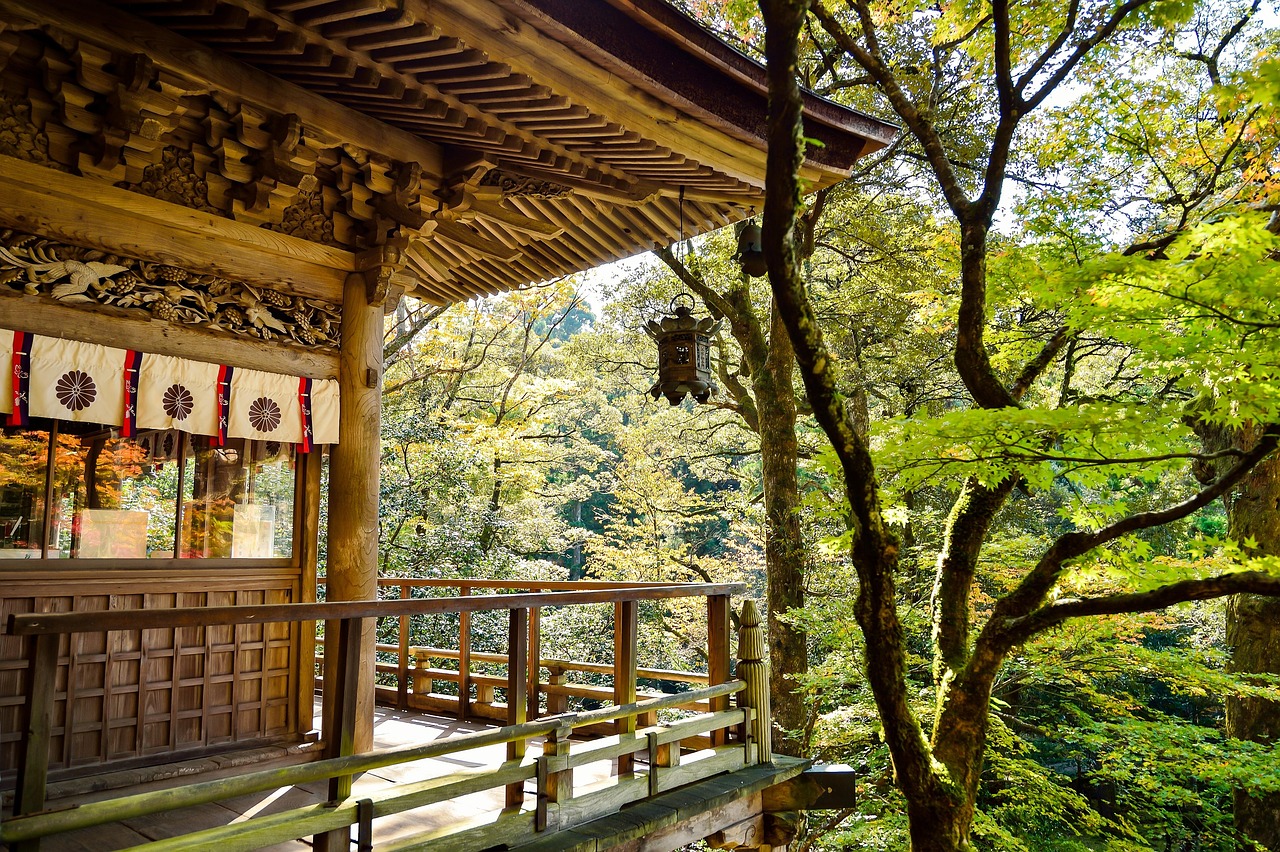The world seems to be moving at an ever-increasing pace, and our vacations often mirror this busy rhythm. We fly from one destination to the next, ticking off sights from a detailed and planned list, and returning home with a memory card full of photos but a soul that feels surprisingly empty. We’ve seen the world, but have we truly felt it?
Now for slow travel, which is a philosophy rather than a particular form of transportation. It is about exchanging a checklist for a compass, a whirlwind tour for a deep dive, and the thrill of “doing it all” for the satisfaction of “being here.”

What is Slow Travel?
Slow travel is a conscious change in mindset. Instead of touring five places in a seven-day trip, you might choose to spend a full week in one single destination. It’s about prioritizing quality over quantity, and connection over consumption.
Imagine spending an afternoon picnicking on the Champ de Mars, listening to the bustle of Parisian life and seeing local families play, rather than catching a quick glance of the Eiffel Tower.
You locate a little café nearby and sip espresso while taking in the energy of the historic city instead of taking a hasty picture at the Colosseum.
This isn’t about laziness; it’s about intentionality. It’s about peeling back the layers of a destination to discover its authentic core.
Why Slow Travel Matters in 2025
Our priorities are changing along with the tourism industry. The year’s trends indicate a rising demand for:
- Authentic Immersion: Travelers are seeking to connect with local cultures and live like a resident, not just a visitor. Slow travel is the key to this, allowing time for meeting cool people, conversations with shopkeepers and owners, and discovering a city’s hidden gems.
- Sustainable and Ethical Tourism: By staying longer in one place, we reduce our carbon footprint from frequent flights and contribute more directly to the local economy. We’re more likely to support small, family-run businesses and truly understand the impact of our visit.
- Wellness and “Coolcations”: We’re seeking to unplug and recharge. A busy travel schedule is the opposite of this. Slow travel encourages mindfulness and allows for moments of quiet reflection and true relaxation, whether it’s on a “coolcation” in a quieter, cooler destination or a wellness retreat.

How to Embrace the Slow Travel Mindset
You don’t need to quit your job and move abroad to be a slow traveler. Here’s how you can start today:
- Stay Longer: The simplest tip is to stay longer. Aim for a stay of four or five nights rather than two. You have more time to unpack, settle in, and feel less rushed as a result.
- Select a “Home Base”: Decide on a city or town and take day trips to explore the surrounding area. This helps you establish a comfortable rhythm and lessens the tension of continuous packing.

- Give Up the Itinerary: Although some preparation is required, allow for improvisation. Avoid scheduling every minute of the day. Give yourself permission to get lost, find a local market, or just observe people while sitting on a bench.
- Use Public Transportation: Ride the metro, bus, or train in your area. It provides a glimpse into the daily lives of those who reside here, in addition to being more ecologically friendly.
- Eat Like a Local: Skip the tourist traps and eat like a local. Find out from a local where they eat. Go to the local supermarket. A shared dinner is frequently the most memorable aspect of a trip, and food serves as a profound entryway to culture.
Conclusion:
Slow travel is a rebellion against the “highlight reel” version of a vacation. It’s about recognizing that the most unforgettable moments aren’t always the grand monuments, but the small, human connections, the smile from a street vendor, the sound of a language you don’t understand, the feeling of the sun on your face as you linger a little longer than planned. It’s about finding the soul of a place, and in doing so, perhaps a little bit of your own.


